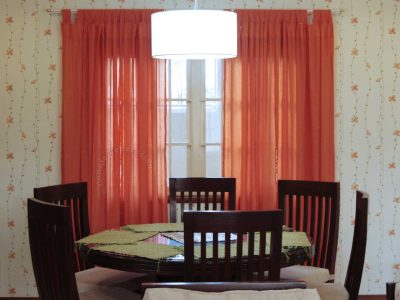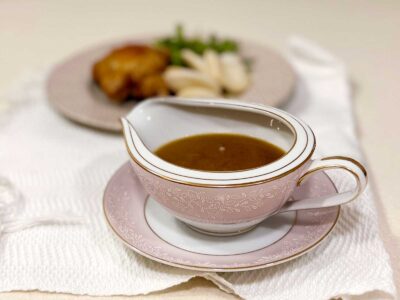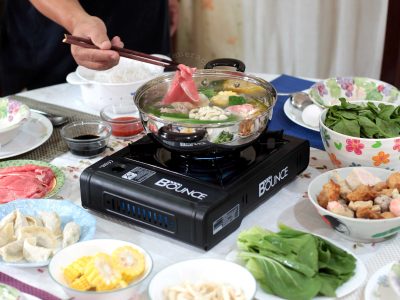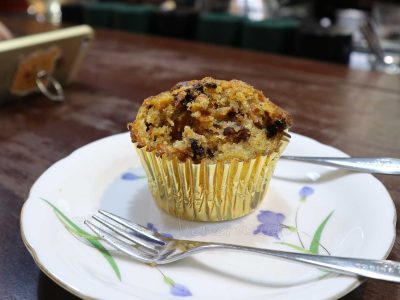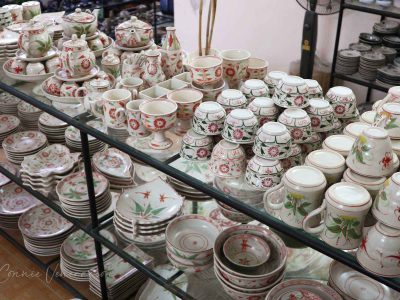I collect dinnerware. Not for display but for actual use. For the blog, mostly. I have three china cabinets full of them. I have commandeered a portion of the pantry and even unused shoe cabinets for additional space. And I’ve told my family, half-jokingly and half-seriously, that I’ll be wanting a china room next.
If you love dinnerware and you’re curious about how they’re crafted, this is for you.
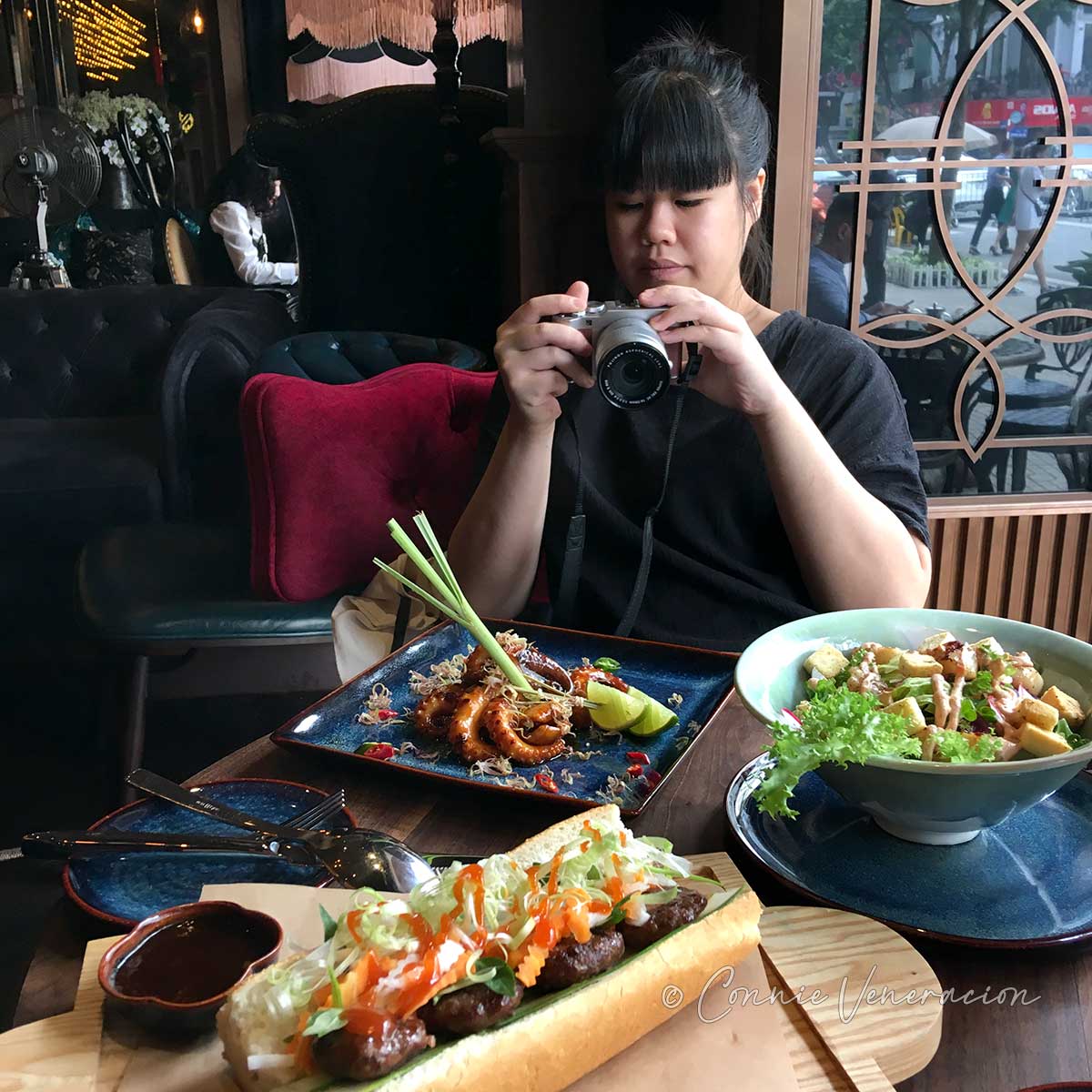
Hanoi. April, 2019. My older daughter, Sam, and I were trying to find a place to have lunch, we got lost and landed in SI Cuisine & Mixology, a beautiful restaurant across Trang Tien Plaza. The food was superb but it was not the only thing on the table that earned our admiration. Sam and I spent more than a few moments admiring the blue dining plates and bowls. Little did we know that, in less than 24 hours, we would get to see the factory where they were made.
About a week before our flight to Hanoi, I was searching online for a pottery class. It was Sam’s first request. I found the website of Authentic Bat Trang that offered both a pottery class and a tour of Bat Trang Village. The tour (and pottery class) was scheduled on the day after we had a late lunch at SI Cuisine & Mixology.
The ceramic factories at Bat Trang Village
The tour guide picked us up at our apartment. In a taxi he had hired for the afternoon, we drove to Bat Trang village, an hour from the center of Hanoi. The tour officially began with a visit to Authentic Bat Trang‘s showroom.
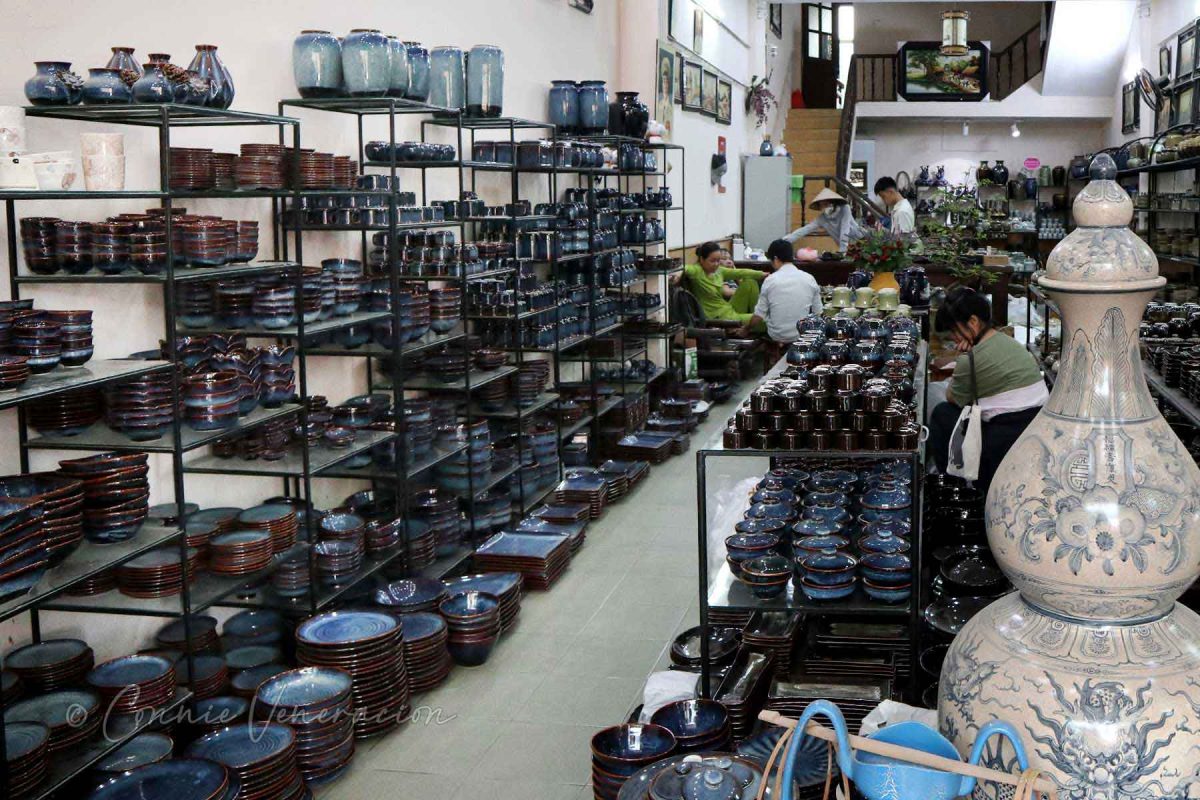
My knees literally went weak. Whether that was due to the heat or the excitement, I couldn’t be sure. MY. GOODNESS. The blue plates that we lovingly inspected at SI Cuisine & Mixology the day before? There were shelves and shelves of them. They were gorgeous. I heard them calling my name, and imploring me to pick them up and bring them home. Or, maybe, I was just hallucinating in the heat. It was a really hot and humid day.
It did not enter my mind that the blue plates at SI Cuisine & Mixology came from that room. I thought that the blue glaze was a popular design and lots of ceramic factories made them. So, I really didn’t make any concrete association. For the most part, we saw and admired. And coveted.
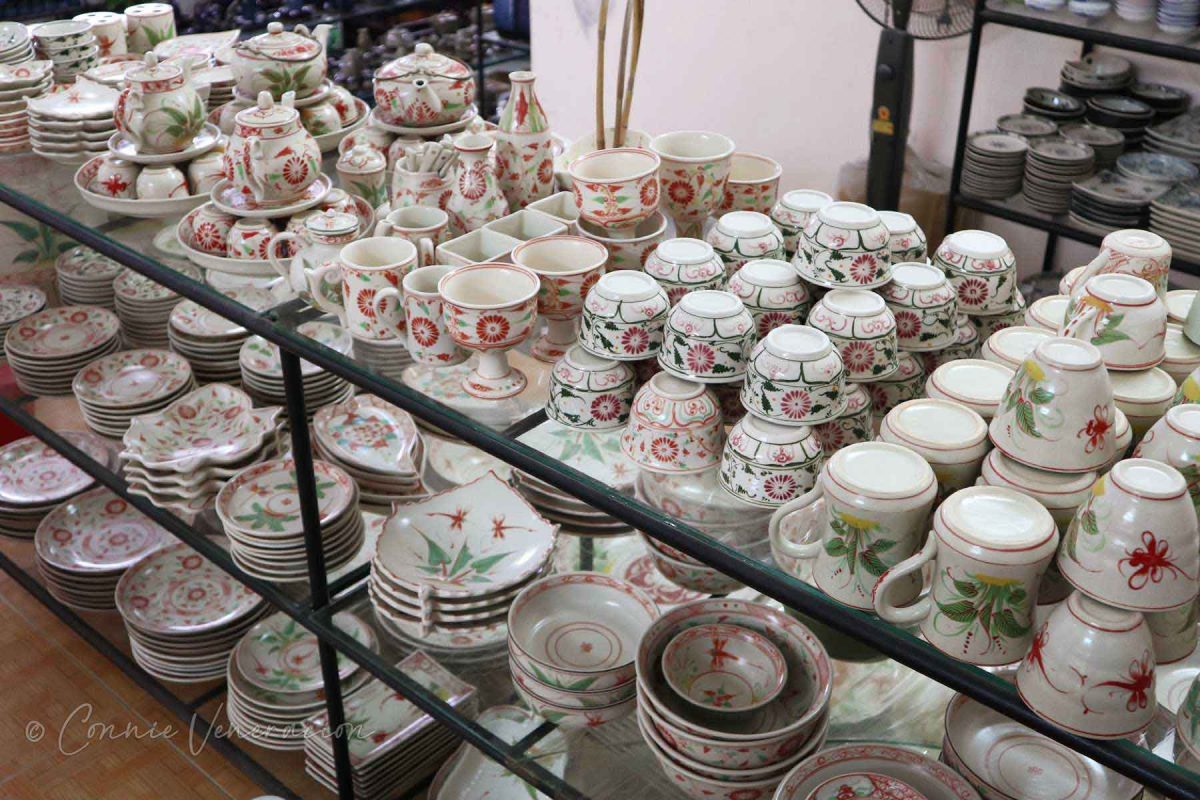
There were bowls, plates, mugs and platters with the same dragonfly design as the tea set that my younger daughter, Alex, bought in Saigon a few weeks earlier. I am as obsessed with dragonflies as I am with dinnerware, and it was just so tempting to go ahead and choose pieces so we could have a complete set at home. But I chickened out. I figured that bringing home too many breakable items was not a good idea. I’d seen far too many videos of airport luggage attendants throwing everything around, including those marked FRAGILE, and I didn’t want to take the risk.
From the showroom, we walked the short distance to the factory. A narrow building with several floors. I’m not a fan of heights. The stairs, though not all that narrow, had no banisters on either side. There was a point… I can’t recall if it was going up or going down the stairs when Sam jokingly asked if I was still alive. Oh, I managed those stairs without assistance. Apparently, my fear of embarrassing myself was greater than my fear of heights. On that day, at least.
It was at the factory where we learned how those beautiful plates and cups and vases were made.
The three pottery processes
For the rest of this post, I use pottery and ceramic interchangeably. Just so it doesn’t get confusing…
Pottery is the process of forming vessels and other solid objects.
Ceramic is a compound material. Ceramic made with clay, like those produced in Bat Trang Village, is either earthenware, stoneware or porcelain. Bone china, made with bone ash, is a finer and stronger form of porcelain.
In Bat Trang, three pottery methods are used.
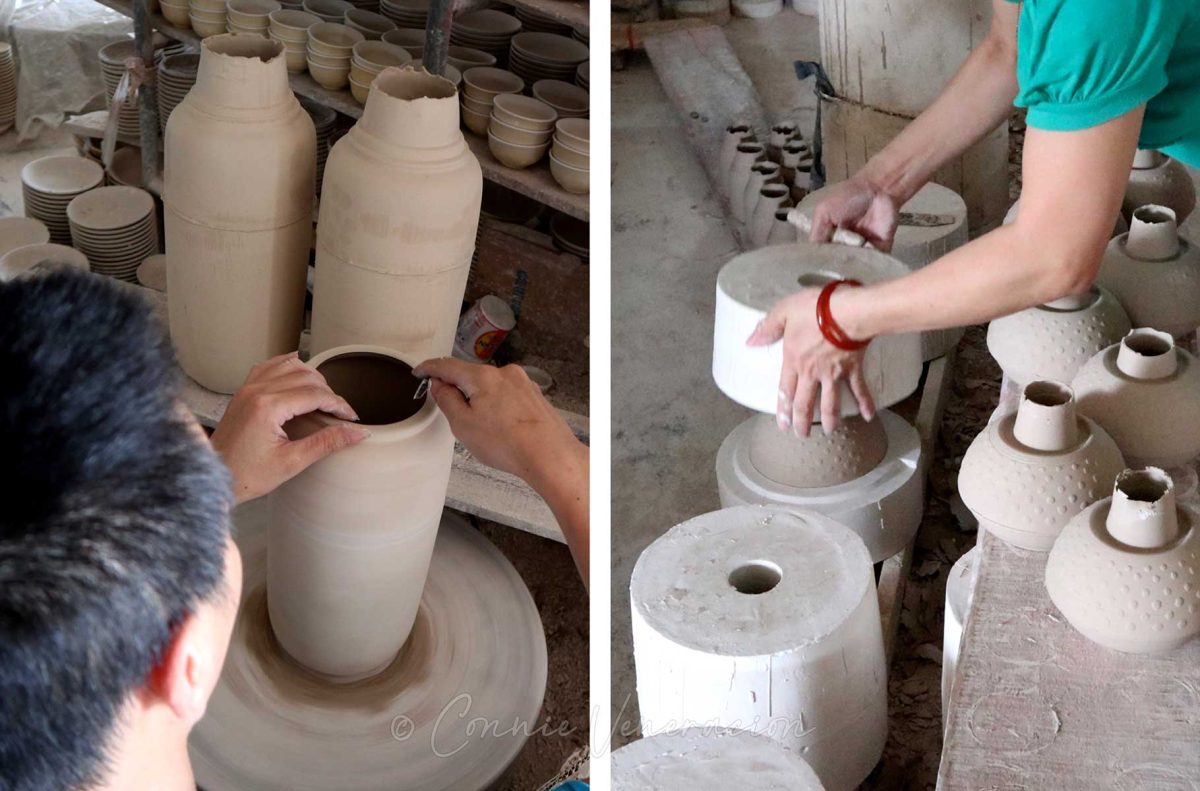
The first is with the use of a pottery wheel, the second is by using molds and the third — the most interesting of the three — is with the use of a “3D printer”.
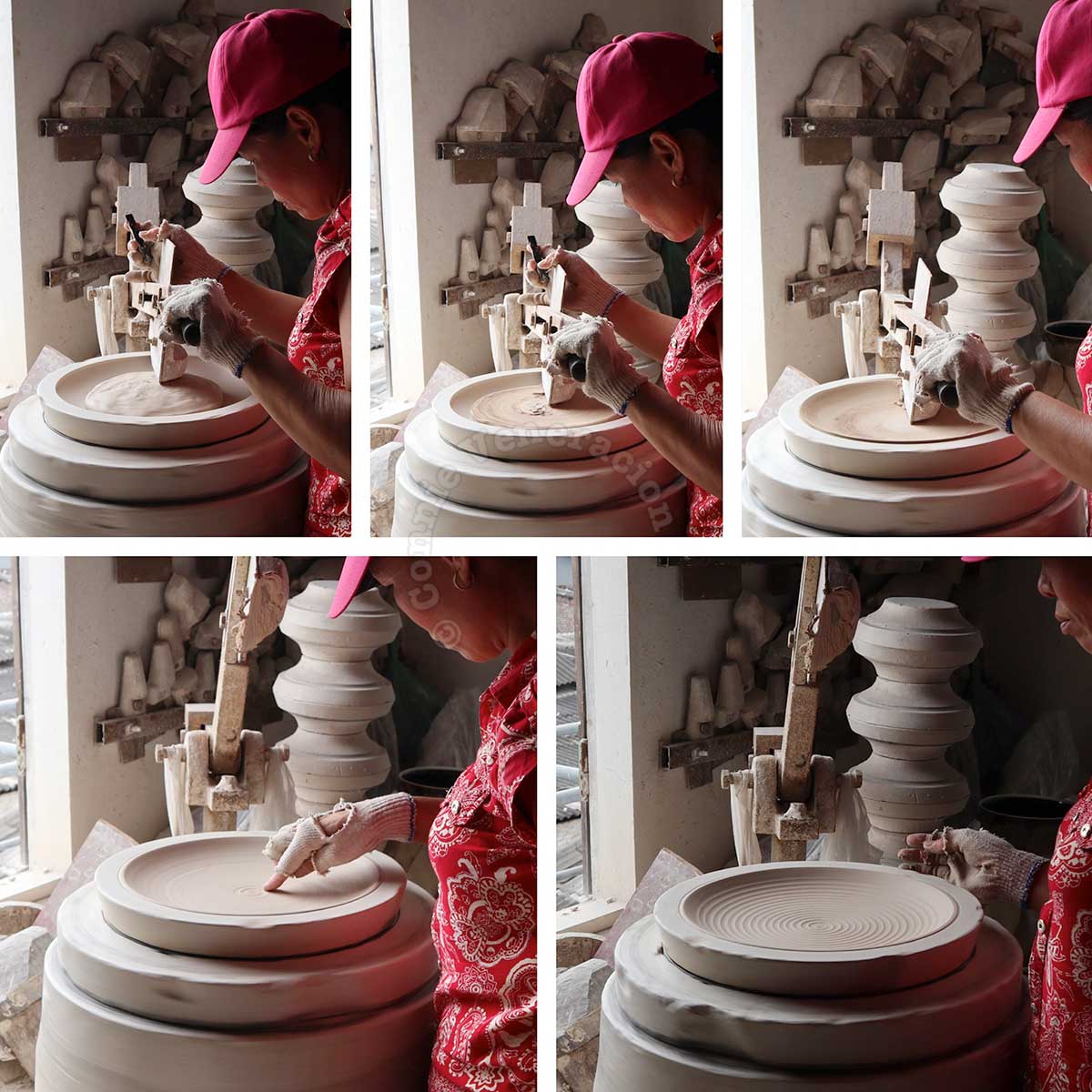
Yes, our tour guide called it a “3D printer” with amusement. The machine consists of a mold on a pottery wheel at the bottom and a kind of scraper at the top. The clay is placed on the mold, the top is lowered to it, the clay takes on the shape of the bottom mold and, on top, the grooves of the shape of the scraper. And voila! Dinner plate.
But an even more amazing “3D printing” happens after that. The textural design was created by pressing a forefinger on the soft clay while the wheel turned. From the center of the plate, the potter slowly moved her finger outward to create a spiral. It was mesmerizing watching that part. I wanted to applaud by the time the lady was done.
Glazing and baking
Fully formed pottery is left to dry and harden, fired (baked), glazed and fired again. We’re not talking baking temperatures similar to baking muffins at home. The first firing temperature goes way above 1000C. The pottery shrinks by about 20%, according to our tour guide. The second firing temperature is lower but still hotter than a pizza oven.
The SI Cuisine & Mixology connection
Outside the factory, we were taking a break and chatting with our tour guide. I was curious. There are 400 ceramic factories in Bat Trang. How does everyone manage to sell its produce? Surely, the average resident does not break all his dinnerware so often as to oblige him to buy a new set regularly to keep the factories going?
We sell to restaurants and hotels, the tour guide said. And then, I mentioned the SI Cuisine & Mixology plates. A client, he proudly exclaimed. And he showed us screenshots of the invoices. And, apparently, the Bat Trang ceramic factories export too.
Hand painted ceramics
After our short break, we walked to another factory. This time, we saw even more skilled artists at work.
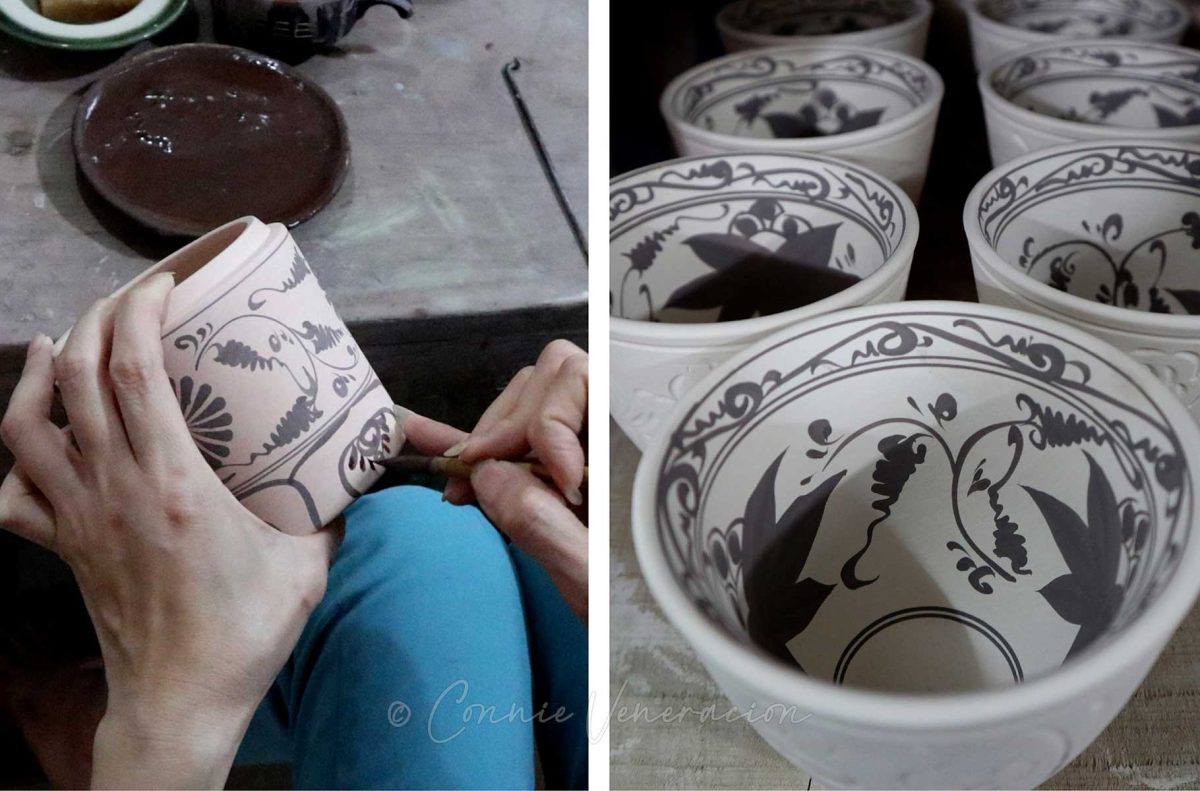
I think I was holding my breath as I watched the women paint patterns on pottery. What was even more amazing was seeing clay bowls that were painted inside!
And then I saw something I knew I would not go home without.
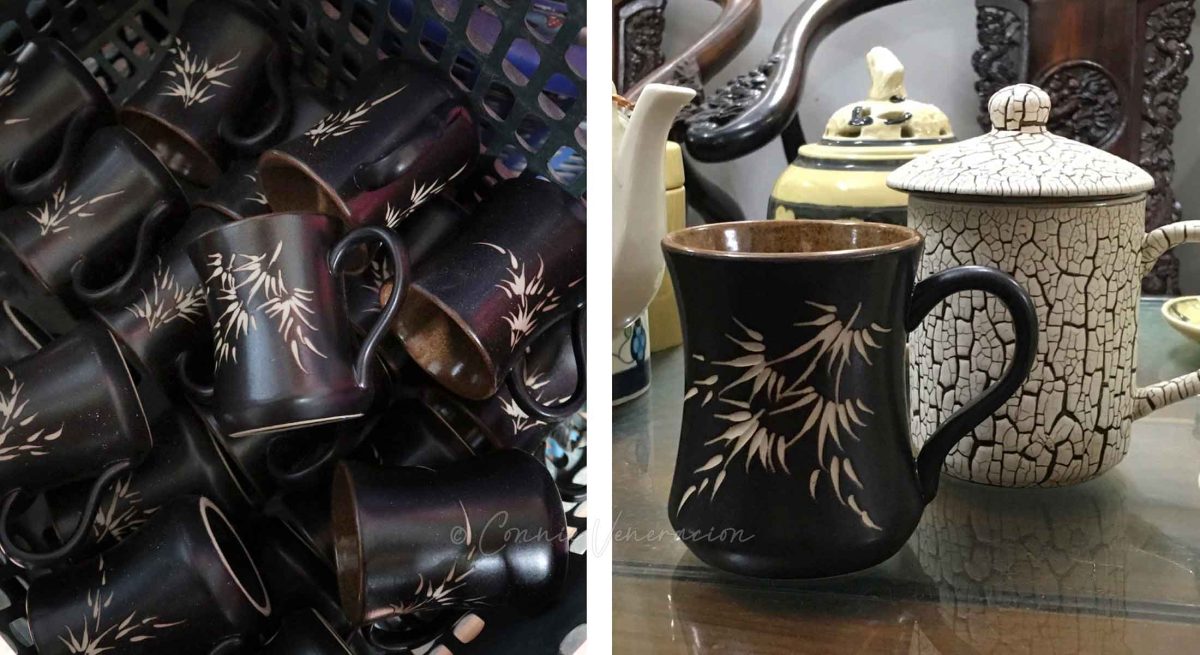
Tapered black coffee mugs with bamboo design. But… we were in a factory. I doubt if they sold by piece. So, I figured I’d just take photos.
Our tour guide was chatting with the factory owner who was having tea. The latter didn’t speak English and the tour guide had to translate.
Would we care for some tea?
Oh, yes, please!
And I sat across the table from the factory owner wearing a silly smile on my face as I wondered how to get him to sell me one piece of those black coffee mugs with the bamboo design. Two cups of tea later, I still didn’t know how to bring it up so I just blurted out to the tour guide who again translated.
The factory owner said yes!
Sam quickly took that to mean she could choose a piece for herself too. You can guess which one is mine (right photo above). Sam’s cost more than twice as much as my black mug. Much later, at home, her father would relate how, when I posted that photo on Instagram, he kept wishing that Sam’s mug was actually for him.
My husband, Speedy, loves the design so much. He even got poetic about it. It’s like aging, he said. Getting all wrinkly but still looking lovely and even more dignified. I’m paraphrasing. But he did say something like that.
The design on Sam’s mug aren’t hand painted. They are grooved. So, the outside of the mug, including the handle and the top of the cover, is beautifully textured.
A 500-year-old kiln
Bat Trang Village has been producing pottery for over half a century. At the village center, a 500-year-old wood-fired kiln has been preserved. The ancient kiln is no longer used for firing pottery, however. It’s just a relic now, a reminder of the heritage of the village. Visitors can go inside the kiln. A bit cramped but, yes, humans can fit in. I didn’t dare. I like cramped places even less than I like heights.
Next to the kiln stood a large vat. All of 200 years old, said the tour guide.
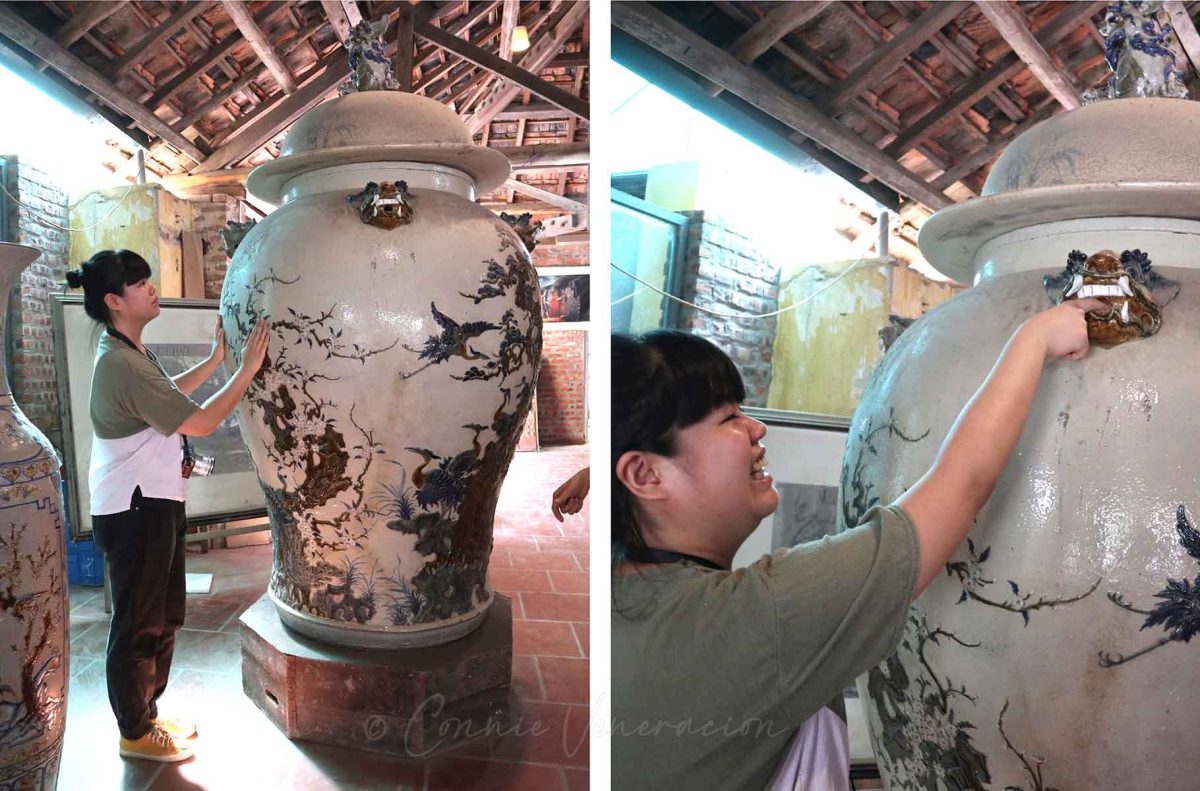
How did that ever fit into the kiln?
The tour guide explained that a kiln was built around the unfired vat then demolished after the firing.
Wow.
I asked Sam to stand next to the vat just to show how large it is. She obliged then saw a dragon’s head with its mouth open on the upper part of the vat. Of course she had to pull a Roman Holiday stunt.
The pottery class
The pottery class was held in a building on the side of the hall that housed the 500-year-old kiln. Sam and I were assigned pottery wheels, a lady made a demonstration then it was our turn to create something.
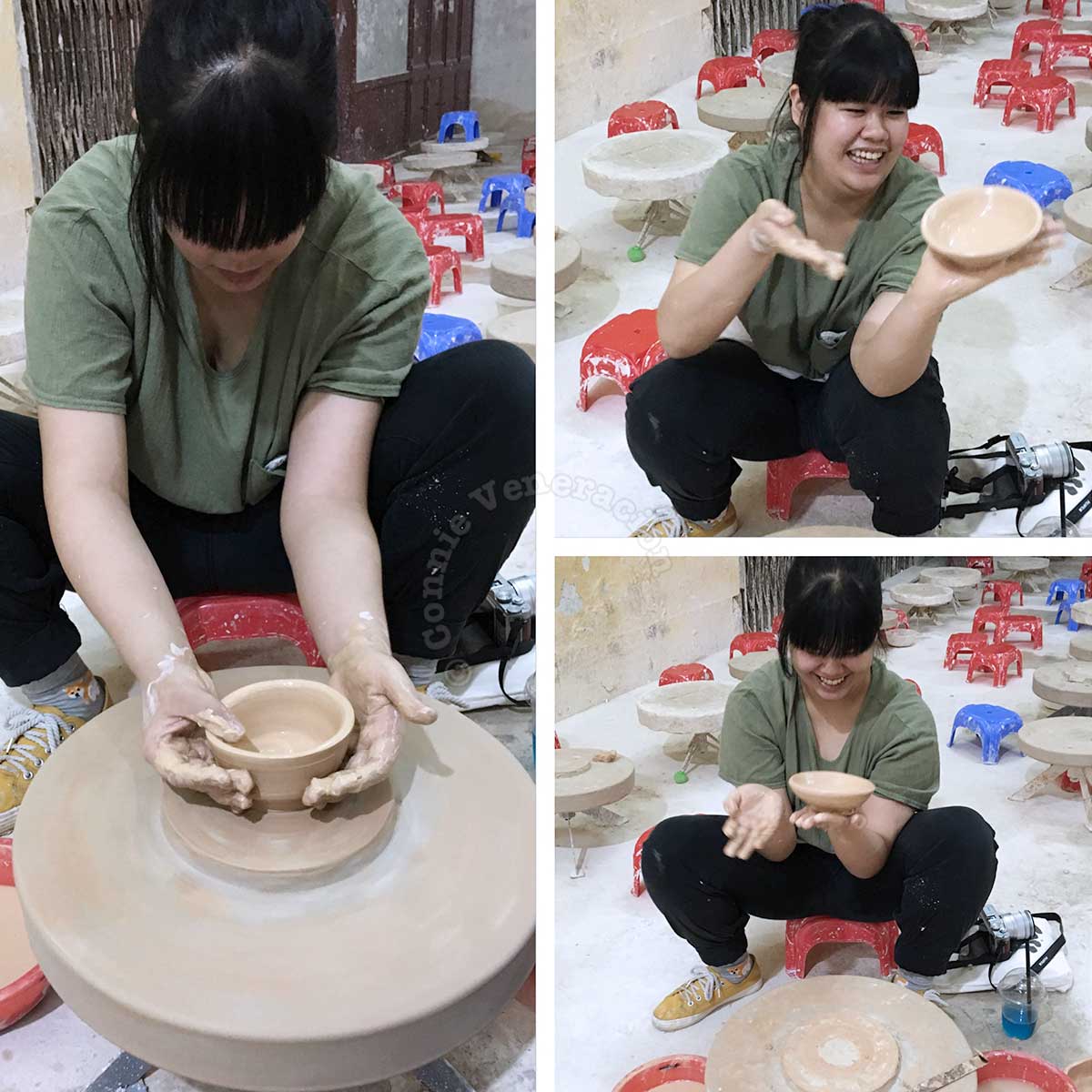
Sam wanted to make an ash tray. Made by her and only by her. Her project became a bowl instead which turned into a shallow bowl and, finally, a saucer.
Demi Moore made it look easy in Ghost but, heck, pottery is not easy. Perhaps, after a few tries, when one gets the hang of it. But it wasn’t going to happen in an hour or so. Not even in an afternoon.
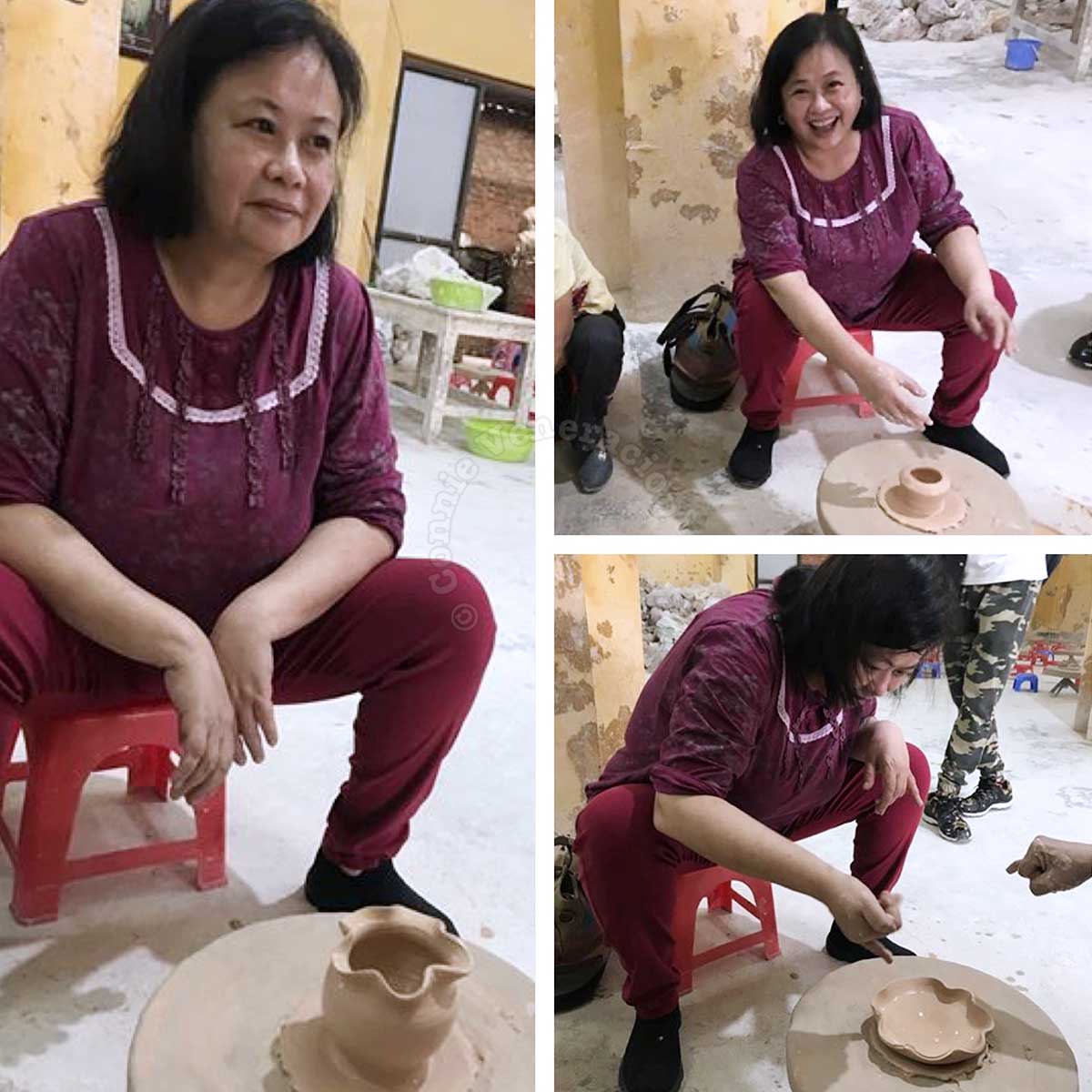
Shaping a blob of wet clay into a fat solid cylinder with my wet hands wasn’t easy. Pushing my thumb into the clay to hollow out the center was even harder. Trying to smooth out the mouth made my creation collapse.
We may not have succeeded in creating anything usable but we had fun.
Into the old village
Bat Trang Village is old. You’d already have an idea how old with that 500-year-old kiln. But you don’t get to feel just how old the place is until you’ve walked through the narrow streets of the old village. Rows of brick houses on streets so narrow it was impossible for two people to walk side by side. Surprisingly, motorbikes manage.
Almost every house has a kiln (which explains why they are made of bricks) because pottery is the only industry in the village. It has been the only industry for more than 500 hundred years.
It’s easy to get lost in that maze of narrow streets. Our tour guide, in fact, joked that we were lost. But he knew that village well. And people seemed to know him too.
We exited by the banks of the Red River. We chatted some more as we watched barges carrying sand move on the water. We drove back to Hanoi in high spirits after a terrific afternoon at Bat Trang Village.

